Table of Contents
The UNESCO Sites in Mongolia have resulted from recognizing 5 cultural and natural landmarks as UNESCO World Heritage Sites in Mongolia and 12 locations on the Mongolia UNESCO tentative list. These touristic sites in Mongolia are acknowledged for their unique and valuable cultural, natural, artistic, and historical significance and preserved for future generations.
In addition to these 5 sites in the Mongolia UNESCO list, there are many other places to travel to Mongolia that are being considered for UNESCO recognition. These sites, listed on the tentative list, showcase the country’s rich cultural heritage and are waiting for approval to join the prestigious and famous World Heritage Sites list.
To help visitors discover these remarkable Mongolia tourist attractions, we have put together an interactive map of the UNESCO sites in Mongolia.
Mongolia UNESCO Map
Click markers to show information and photo.
Mongolia UNESCO Map
UNESCO World Heritage Sites in Mongolia
There are 5 UNESCO World Heritage Sites in Mongolia. All of these five sites are listed under the Cultural category.
- Uvs Nuur Basin
- Orkhon Valley Cultural Landscape
- Petroglyphic Complexes of the Mongolian Altai
- Great Burkhan Khaldun Mountain and its surrounding sacred landscape
- Landscapes of Dauria
UNESCO World Heritage Sites in Mongolia are protected locations for their cultural and natural importance.
Uvs Nuur Basin
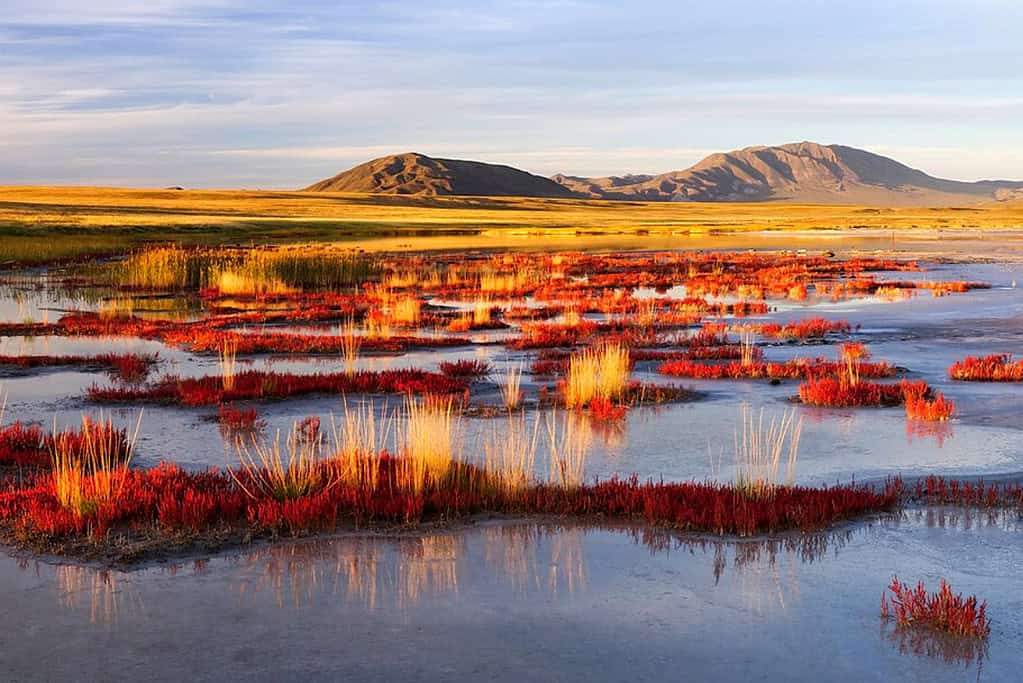
This site is a large, shallow lake in Mongolia and Russia surrounded by diverse landscapes including deserts, steppes, and mountains. It’s an essential habitat for migratory birds and is recognized as a Wetland of International Importance under the Ramsar Convention.
Orkhon Valley Cultural Landscape
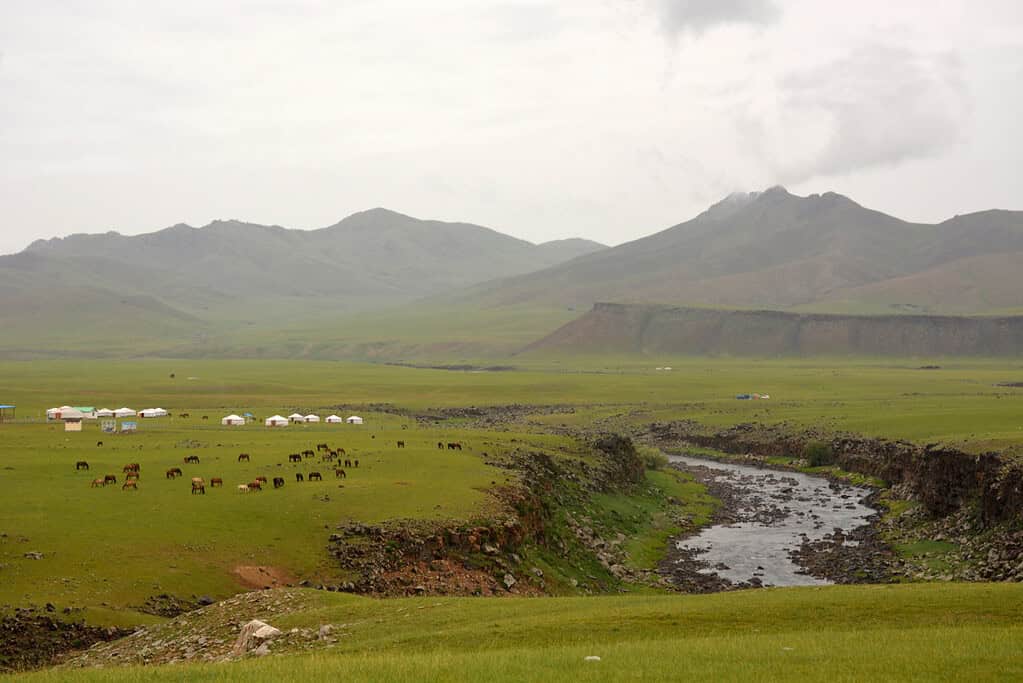
The Orkhon Valley is a valley in Central Mongolia that was the center of the Mongol Empire in the 6th and 7th centuries. The valley contains critical cultural sites such as the Orkhon River, Karakorum, and several Turkic monuments, making it a unique example of the nomadic civilization of the Mongol Empire.
Petroglyphic Complexes of the Mongolian Altai
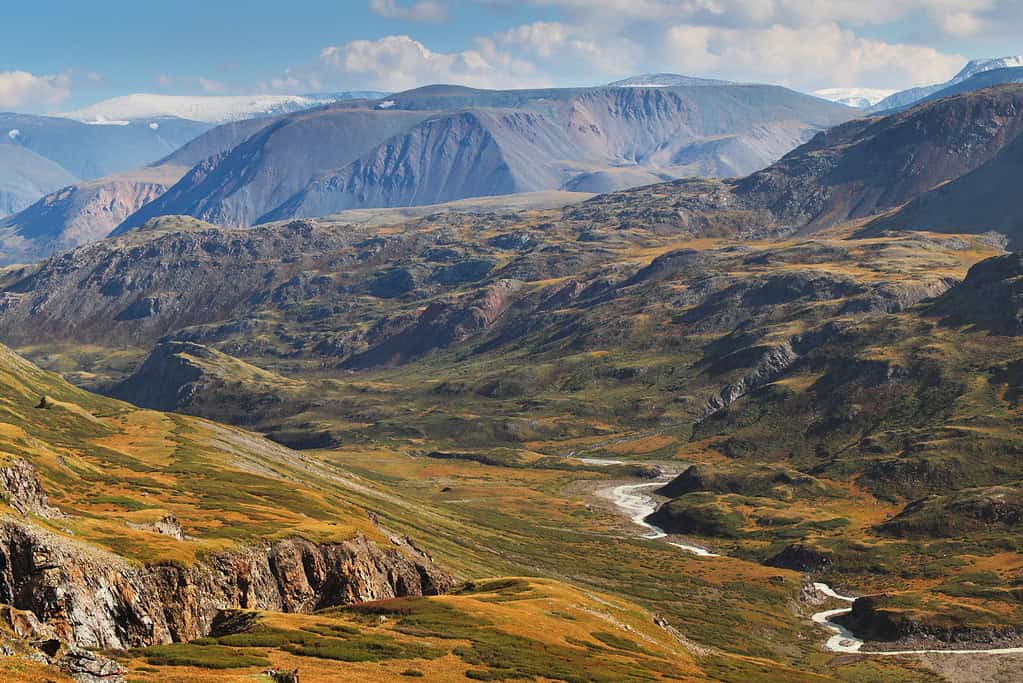
The Mongolian Altai is a mountain range in western Mongolia and is home to over 100,000 petroglyphs (rock art) that date back to the Bronze Age. These petroglyphs are considered some of the finest examples of rock art from this period and provide insight into the cultures and beliefs of the ancient people who lived in the region.
Great Burkhan Khaldun Mountain and its surrounding sacred landscape
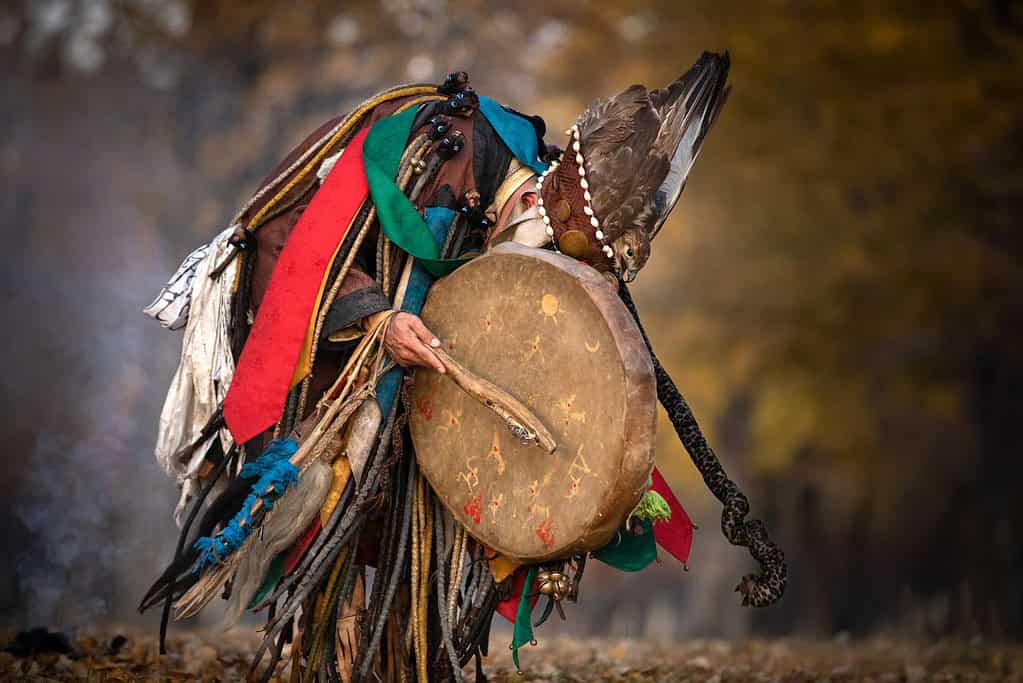
Burkhan Khaldun Mountain is a sacred mountain in Mongolia that is considered one of the most important spiritual sites for the Mongolian people. It is believed to be the birthplace of Genghis Khan and is surrounded by a rich cultural and spiritual landscape.
Landscapes of Dauria
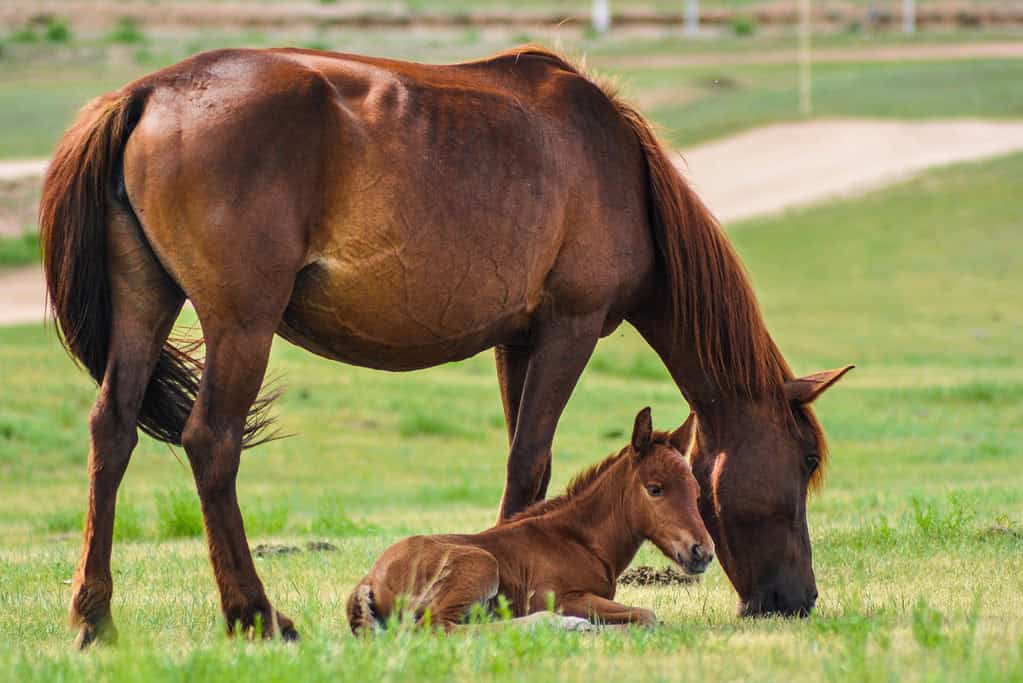
Dauria is a region in northeast Asia that spans the border of Russia and Mongolia. It is a unique ecosystem that contains a variety of landscapes including forests, grasslands, wetlands, and deserts, making it a vital habitat for many species of plants and animals. The region is also home to several nomadic communities that have lived harmoniously with the environment for centuries.
Mongolia UNESCO tentative list
- Desert Landscapes of the Mongolian Great Gobi
- Cretaceous Dinosaur Fossil Sites in the Mongolian Gobi
- Eastern Mongolian Steppes
- Amarbayasgalant Monastery and its Surrounding Sacred Cultural Landscape
- Baldan Bereeven Monastery and its Sacred Surroundings
- Sacred Binder Mountain and its Associated Cultural Heritage Sites
- Funeral Sites of the Xiongnu Elite
- Archaeological Site at Khuduu Aral and Surrounding Cultural Landscape
- Deer Stone Monuments, the Heart of Bronze Age Culture
- Petroglyphic Complexes in the Mongolian Gobi
- Highlands of Mongol Altai
- Sacred Mountains of Mongolia
Tours in Mongolia
Our choices of tours in Mongolia are divided into thematic features such as Petroglyphic Complexes of the Mongolian Altai, Uvs Nuur Basin, Landscapes of Dauria, Tyre, and Orkhon Valley Cultural Landscape Experience.



